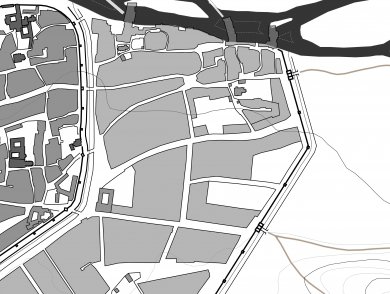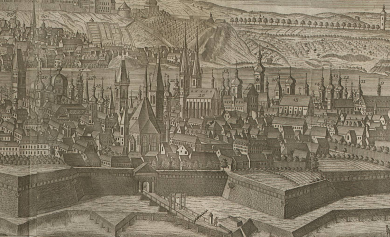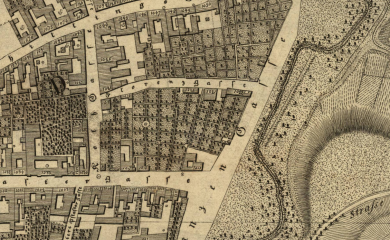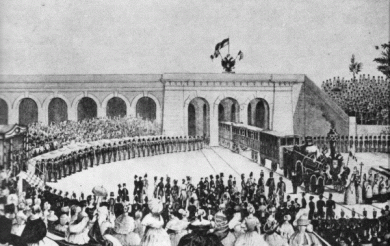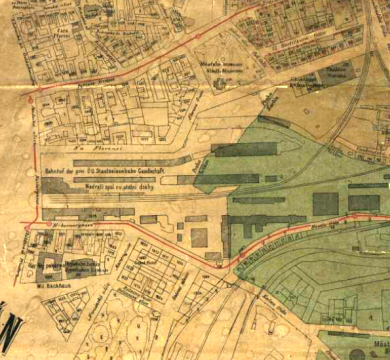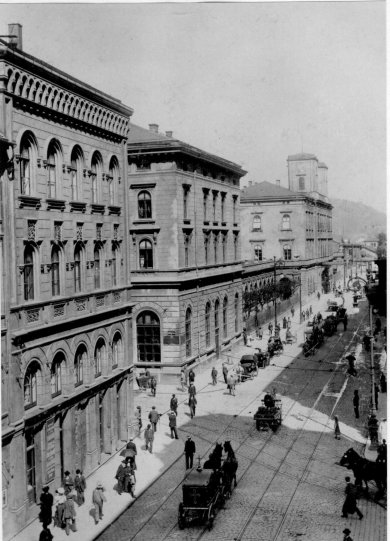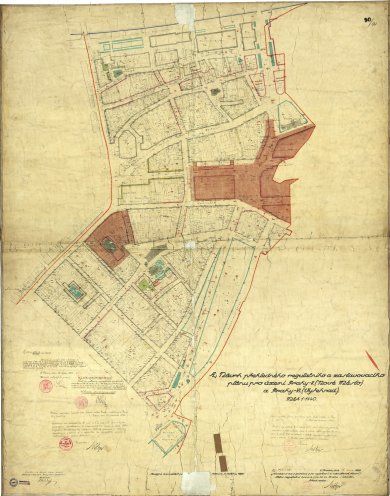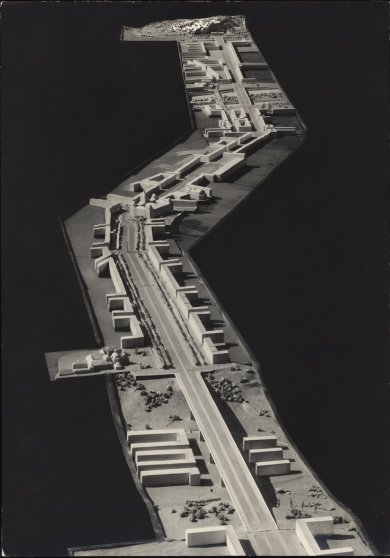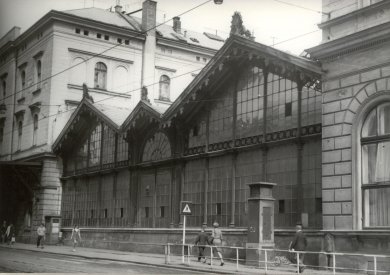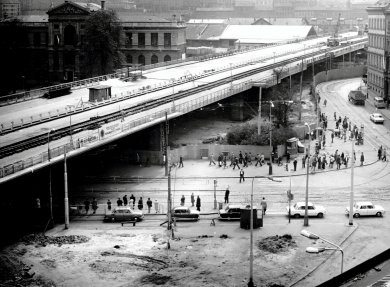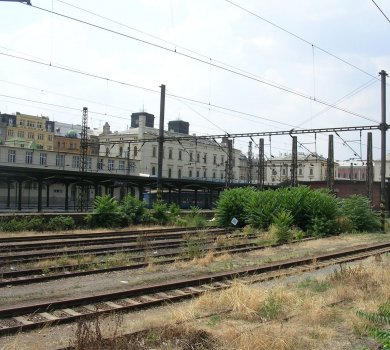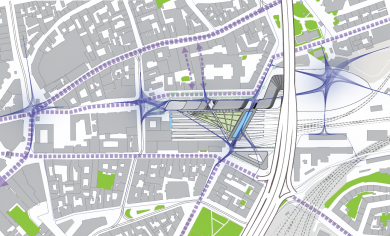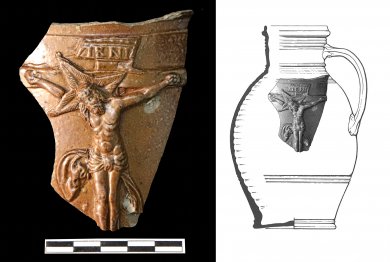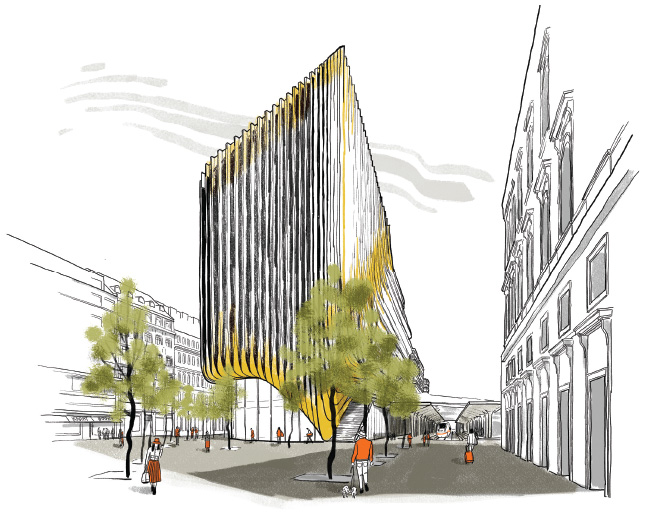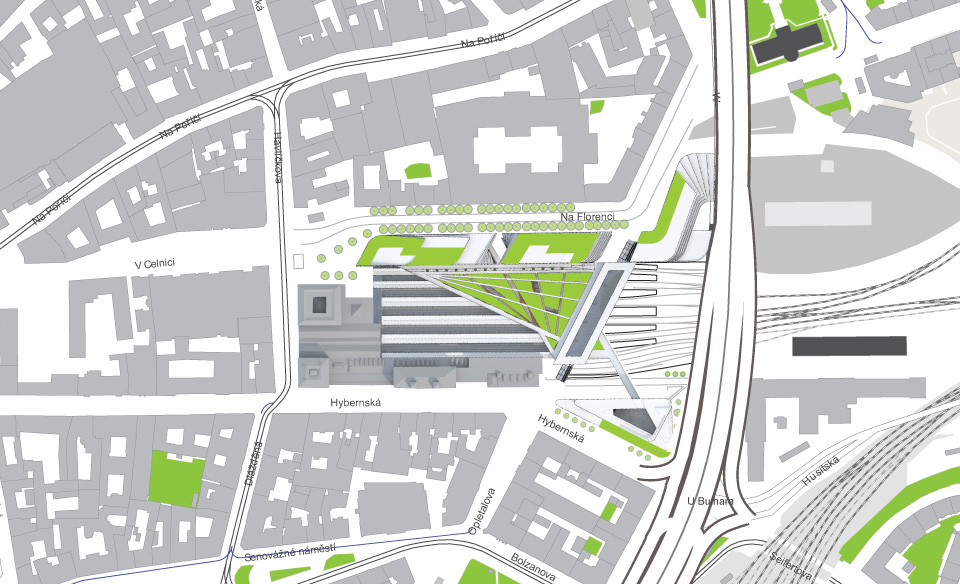The story of Masaryk Station area
The contemporary appearance of the Masaryk Station locality was shaped by significant citywide interventions. The first was the emergence of the New Town of Prague and its fortifications. The second change, which determines the character of the territory even at present, was the establishment of the Prague State Railway Station in 1845 and its unique location both inside and outside the then city walls. The third major intervention was the construction of the North-South Highway (Severojižní magistrála) in the 1970s. The revitalization plan responds to this context. It preserves and strengthens the old values and deals with the problematic past interventions.

